Computer vision is a branch of artificial intelligence that focuses on enabling computers to interpret and understand visual information from the world. This field involves developing algorithms and techniques that allow machines to extract meaningful data from digital images and videos, mimicking human visual perception and comprehension. Deep learning, a subset of machine learning, utilizes artificial neural networks to learn from vast amounts of data.
The combination of computer vision and Deep Learning creates a powerful tool for addressing complex visual recognition and understanding tasks. Deep learning has transformed computer vision by enabling machines to automatically learn features from raw data, eliminating the need for manual feature extraction. This advancement has led to significant improvements in various computer vision tasks, including image recognition, object detection, and image segmentation.
Deep learning models now consistently outperform traditional computer vision algorithms in terms of accuracy and efficiency, making them the preferred choice for numerous real-world applications. The integration of deep learning techniques in computer vision has created new opportunities across various industries, including healthcare, automotive, retail, and security.
Key Takeaways
- Computer vision and deep learning are revolutionizing the way machines perceive and interpret visual information.
- AI plays a crucial role in computer vision by enabling machines to understand and analyze visual data like humans.
- Deep learning techniques such as convolutional neural networks are essential for extracting features and patterns from visual data.
- Convolutional neural networks are powerful tools for image recognition, enabling machines to identify and classify objects within images.
- Deep learning enhances object detection and segmentation by enabling machines to accurately identify and delineate objects within images.
Understanding the Role of AI in Computer Vision
Artificial intelligence (AI) plays a crucial role in computer vision by providing the underlying framework for machines to perceive and understand visual data. AI algorithms enable computers to analyze and interpret images and videos, recognize patterns, and make decisions based on the information extracted from visual inputs. In the context of computer vision, AI algorithms can be trained to perform tasks such as image classification, object detection, facial recognition, and scene understanding.
The integration of AI in computer vision has led to significant advancements in various industries. For example, in healthcare, AI-powered computer vision systems can analyze medical images such as X-rays and MRIs to assist doctors in diagnosing diseases and conditions. In the automotive industry, AI-based computer vision systems are used for autonomous driving, enabling vehicles to perceive and understand their surroundings.
In retail, AI-powered computer vision technology is used for inventory management, customer tracking, and personalized shopping experiences. The role of AI in computer vision is not only limited to improving existing processes but also in creating new opportunities for innovation and development.
Leveraging Deep Learning Techniques for Computer Vision
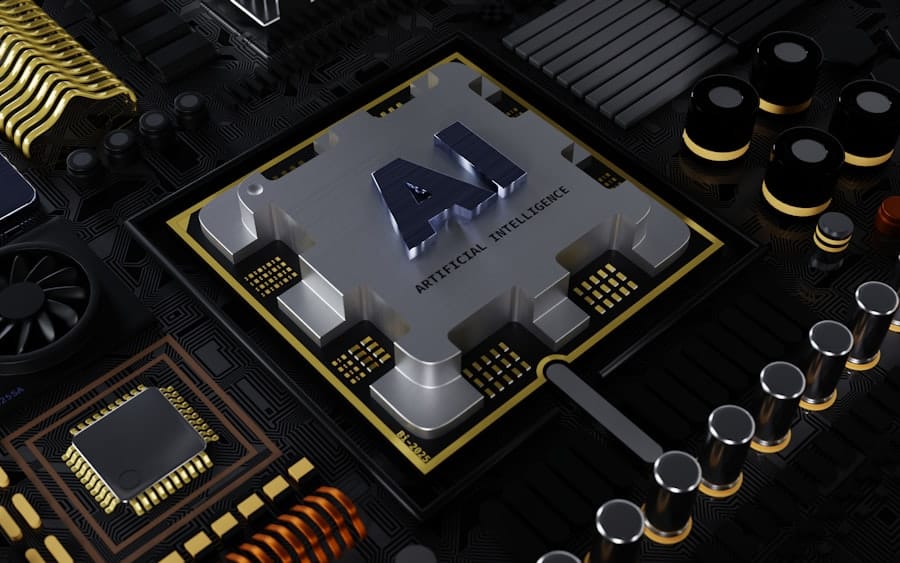
Deep learning techniques have become the cornerstone of modern computer vision systems due to their ability to automatically learn hierarchical representations from raw data. Convolutional Neural Networks (CNNs), in particular, have emerged as the most popular deep learning architecture for visual recognition tasks. CNNs are designed to automatically learn spatial hierarchies of features from images, making them well-suited for tasks such as image classification, object detection, and image segmentation.
In addition to CNNs, other deep learning techniques such as recurrent neural networks (RNNs) and generative adversarial networks (GANs) have also been leveraged for various computer vision tasks. RNNs are commonly used for sequential data processing in tasks such as video analysis and natural language processing. GANs, on the other hand, are used for generating new images or enhancing existing ones, which has applications in areas such as image synthesis and image restoration.
The versatility of deep learning techniques allows for a wide range of applications in computer vision, making them an indispensable tool for solving complex visual recognition problems.
Exploring Convolutional Neural Networks for Image Recognition
| Model | Accuracy | Parameters | Top-1 Error |
|---|---|---|---|
| AlexNet | 57.1% | 60 million | 42.9% |
| VGG-16 | 71.5% | 138 million | 28.5% |
| ResNet-50 | 76.3% | 25.6 million | 23.7% |
Convolutional Neural Networks (CNNs) have revolutionized the field of image recognition by achieving state-of-the-art performance on various visual recognition tasks. CNNs are designed to automatically learn hierarchical representations of features from images by using convolutional layers, pooling layers, and fully connected layers. This allows them to capture spatial hierarchies of features such as edges, textures, and shapes, which are essential for recognizing objects in images.
CNNs have been successfully applied to tasks such as image classification, where they can accurately classify images into different categories such as animals, vehicles, or everyday objects. They have also been used for fine-grained classification tasks, where the goal is to distinguish between similar categories with subtle differences. In addition to image classification, CNNs have been applied to object detection tasks, where they can accurately localize and classify objects within an image.
The ability of CNNs to automatically learn discriminative features from raw data has made them an indispensable tool for image recognition tasks.
Enhancing Object Detection and Segmentation with Deep Learning
Object detection and segmentation are critical tasks in computer vision that involve identifying and localizing objects within an image. Deep learning techniques have significantly improved the performance of object detection and segmentation systems by enabling more accurate and efficient solutions. Convolutional Neural Networks (CNNs) have been at the forefront of these advancements, with architectures such as Region-based CNNs (R-CNN), Fast R-CNN, Faster R-CNN, and Mask R-CNN achieving state-of-the-art results on benchmark datasets.
Object detection systems based on deep learning can accurately localize and classify multiple objects within an image, making them suitable for applications such as autonomous driving, surveillance, and augmented reality. Similarly, deep learning-based image segmentation techniques can accurately delineate object boundaries within an image, enabling applications such as medical image analysis, scene understanding, and video editing. The ability of deep learning models to learn complex representations from raw data has significantly enhanced the capabilities of object detection and segmentation systems.
Improving Image Classification and Recognition with Deep Learning
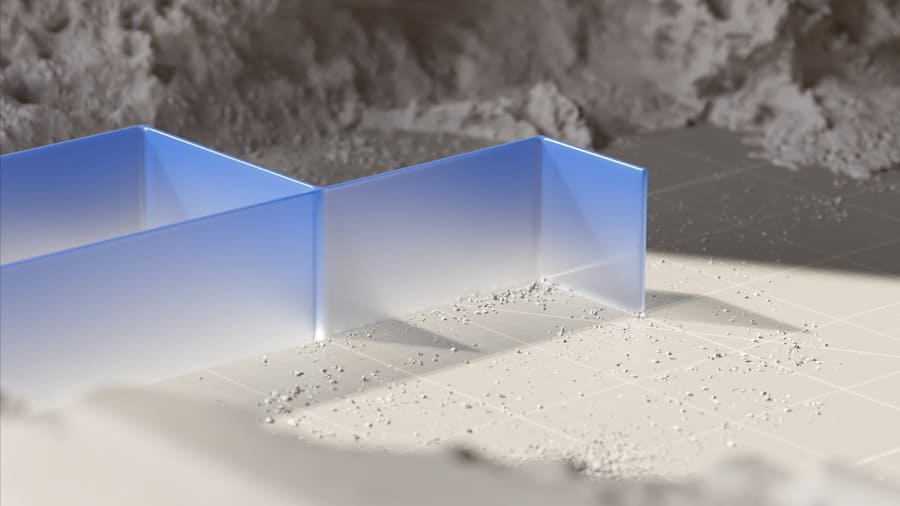
Image classification and recognition are fundamental tasks in computer vision that involve assigning a label or category to an input image based on its visual content. Deep learning techniques have significantly improved the accuracy and efficiency of image classification and recognition systems by automatically learning discriminative features from raw data. Convolutional Neural Networks (CNNs) have been particularly successful in this regard, achieving state-of-the-art performance on benchmark datasets such as ImageNet.
In addition to traditional image classification tasks, deep learning models have been applied to fine-grained classification tasks where the goal is to distinguish between similar categories with subtle differences. This has applications in fields such as wildlife conservation, where it is important to accurately classify species based on visual characteristics. Furthermore, deep learning models have been used for content-based image retrieval tasks where the goal is to retrieve visually similar images from a large database based on a query image.
The advancements in image classification and recognition enabled by deep learning have opened up new possibilities for applications in various domains.
Future Applications and Developments in Computer Vision and Deep Learning
The future of computer vision and deep learning holds exciting possibilities for applications across various industries. In healthcare, advancements in medical image analysis powered by deep learning could lead to more accurate diagnosis and treatment planning. In the automotive industry, further developments in autonomous driving systems could revolutionize transportation and mobility.
In retail, personalized shopping experiences driven by computer vision and deep learning could enhance customer satisfaction and engagement. Furthermore, ongoing research in areas such as weakly supervised learning, few-shot learning, and self-supervised learning could lead to more efficient training of deep learning models for computer vision tasks. Additionally, the integration of multimodal learning techniques that combine visual data with other modalities such as text or audio could enable more comprehensive understanding of the visual world by machines.
The future applications and developments in computer vision and deep learning hold great promise for transforming industries and improving our daily lives. In conclusion, computer vision and deep learning have become inseparable fields that are driving significant advancements in visual recognition and understanding tasks. The integration of deep learning techniques such as Convolutional Neural Networks (CNNs) has revolutionized image recognition, object detection, and image segmentation tasks.
The role of artificial intelligence (AI) in computer vision has enabled machines to perceive and understand visual data across various industries. The future holds exciting possibilities for applications and developments in computer vision and deep learning that could transform industries and improve our daily lives.
If you’re interested in further reading on deep learning for computer vision, you may want to check out the article “Resources and Further Reading: Books and Publications” on Metaversum.it. This article provides a list of recommended books and publications that delve into the topic of deep learning and its applications in computer vision. You can find the article here.
FAQs
What is deep learning for computer vision?
Deep learning for computer vision is a branch of artificial intelligence that focuses on enabling computers to interpret and understand visual information from the world. It involves using deep neural networks to process and analyze images and videos, allowing machines to recognize objects, patterns, and even make decisions based on visual input.
How does deep learning for computer vision work?
Deep learning for computer vision works by using deep neural networks, which are composed of multiple layers of interconnected nodes, to process visual data. These networks are trained on large datasets of labeled images, allowing them to learn to recognize patterns and features within the data. Once trained, the networks can then be used to analyze and interpret new visual input, such as identifying objects in a photograph or detecting anomalies in medical images.
What are some applications of deep learning for computer vision?
Some applications of deep learning for computer vision include image recognition, object detection, facial recognition, medical image analysis, autonomous vehicles, surveillance systems, and augmented reality. These technologies are used in a wide range of industries, including healthcare, automotive, retail, and entertainment.
What are the benefits of using deep learning for computer vision?
The benefits of using deep learning for computer vision include the ability to automate visual tasks that were previously only possible for humans, such as image recognition and object detection. Deep learning can also improve the accuracy and efficiency of visual analysis, leading to advancements in fields such as healthcare, manufacturing, and security.
What are some challenges of deep learning for computer vision?
Some challenges of deep learning for computer vision include the need for large amounts of labeled training data, the complexity of training deep neural networks, and the potential for biases in the training data to affect the performance of the models. Additionally, deep learning models for computer vision can be computationally intensive and require significant resources for training and deployment.
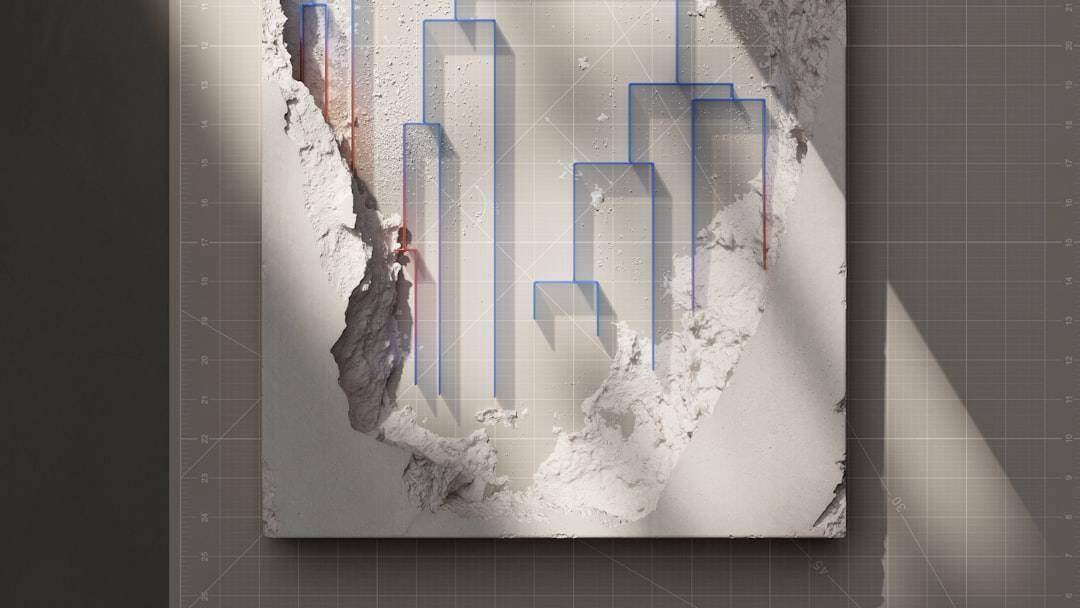




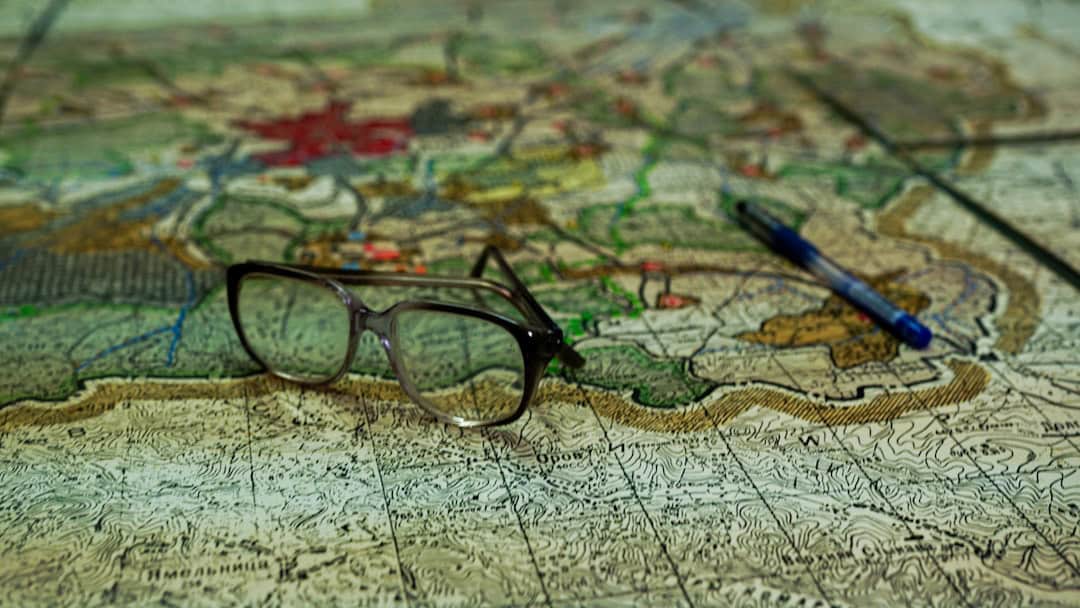



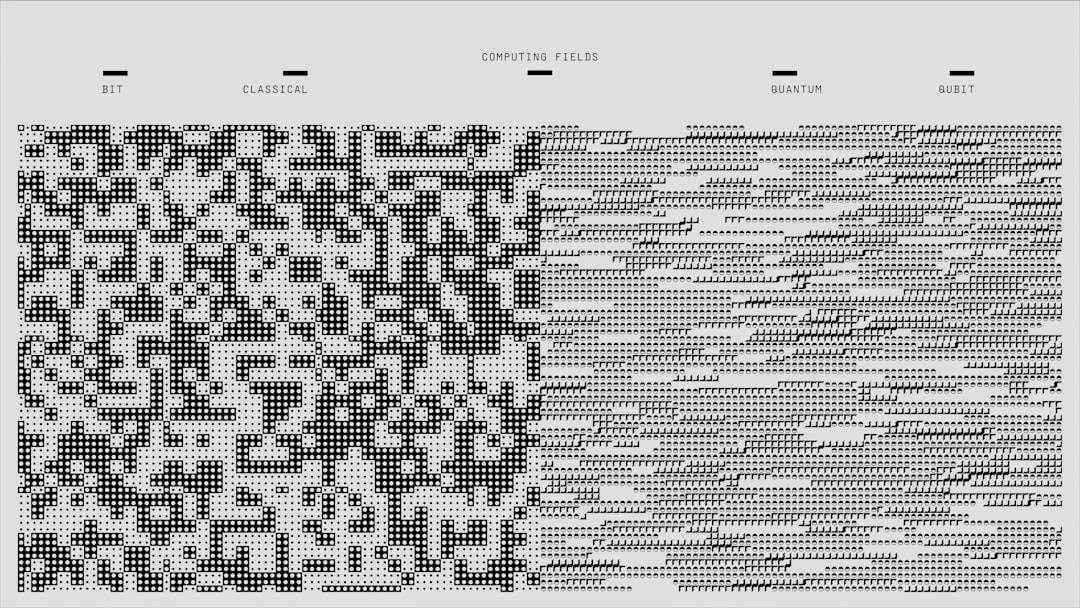

Leave a Reply